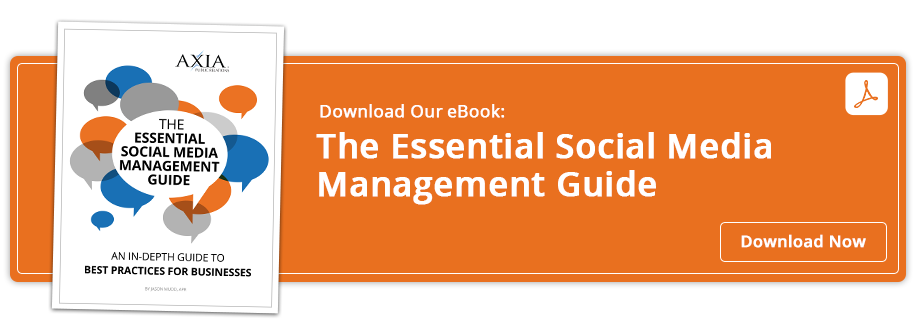 5 lessons you can use in your own company
5 lessons you can use in your own company
When Ben Franklin said, “an ounce of prevention is worth a pound of cure,” he was referring to fire safety. But this adage applies to many situations, including a corporation’s crisis management strategy. Planning makes for the best success, and this includes planning for an accident, an illness or an attack on a company’s principles.
In the recent Wells Fargo banking episode, the critical issue around misleading the public (and federal law enforcement, among others) is that the action steps to fix a problem took nearly seven years to remedy. The issues that began in 2007 are just now coming to a hinge that will determine the company’s ongoing success. Do you want your company to be in a similar situation?
Take lessons from Wells Fargo’s recent missteps to check your business model. Ask yourself the right questions before an issue occurs by using this quick brand audit:
- Are you speaking in a clear voice?
Giving direction to your staff and your customers using unclear or ambiguous language is a surefire way to create a problem. There’s no leadership in blurred lines. Give explicit, sound guidance on the company’s direction and expectations.
- Have you aligned to changes in the market?
Customers change … and change their minds about what they want. Companies need to recognize either how to change customers’ perceptions of existing attributes or how to create new value. This doesn’t mean invent something by smoke and mirrors. Stay ahead by monitoring every beat of your market’s pulse.
- Has your focus drifted from your customer to your competition?
Imitation may be the ultimate form of flattery, but being overly concerned about what your competition is up to won’t lead to success. Focus on solving the problems that your customers may not even realize they have; it’s better than looking in the rearview mirror.
- When did you last educate your customers?
Word-of-mouth grassroots marketing is great, except that it also resembles the childhood game of “Telephone.” Building brand loyalty over the long term is a more reliable way to build customer relations than waiting until after a crisis to try to teach people your company mission.
- How is your brand perceived (without your latest marketing messages)?
Our memories change over time and are significantly influenced by things we hear. If you are silent, who tells your customers what you actually deliver? You should not only post quality content frequently on social media, you should also understand why you are presenting information on that media platform and which particular demographic you want to reach.
It’s possible to be successful for decades and then have one unfortunate moment that defines you, unraveling your future. By taking the right steps early, you get the right kind of diminishing returns – reducing opportunity for a career-ending decision or a destroyed corporate reputation.
Take thoughtful action now to prevent catastrophic errors later by engaging in the right social media strategy, so you aren’t just reacting when a crisis arrives. Download Axia Public Relations’ Essential Social Media Guide to help establish your brand as a market leader before the media paints you into a corner.
 Heather M. Hilliard is a marketing and strategic planning professional with expertise in crisis management communications. With two master’s degrees and her international Certified Emergency Manager credential, she has worked through disasters as well as “normal business” to offset the impact of both large- and small-scale events in a variety of industries. She is an adjunct professor at Tulane University and has worked for Axia Public Relations since December 2015. Connect with Axia on Twitter @axiapr or tell us what you think in the comments below.
Heather M. Hilliard is a marketing and strategic planning professional with expertise in crisis management communications. With two master’s degrees and her international Certified Emergency Manager credential, she has worked through disasters as well as “normal business” to offset the impact of both large- and small-scale events in a variety of industries. She is an adjunct professor at Tulane University and has worked for Axia Public Relations since December 2015. Connect with Axia on Twitter @axiapr or tell us what you think in the comments below.
Featured image credit: Creative Commons
Topics: public relations, crisis communications



Comment on This Article